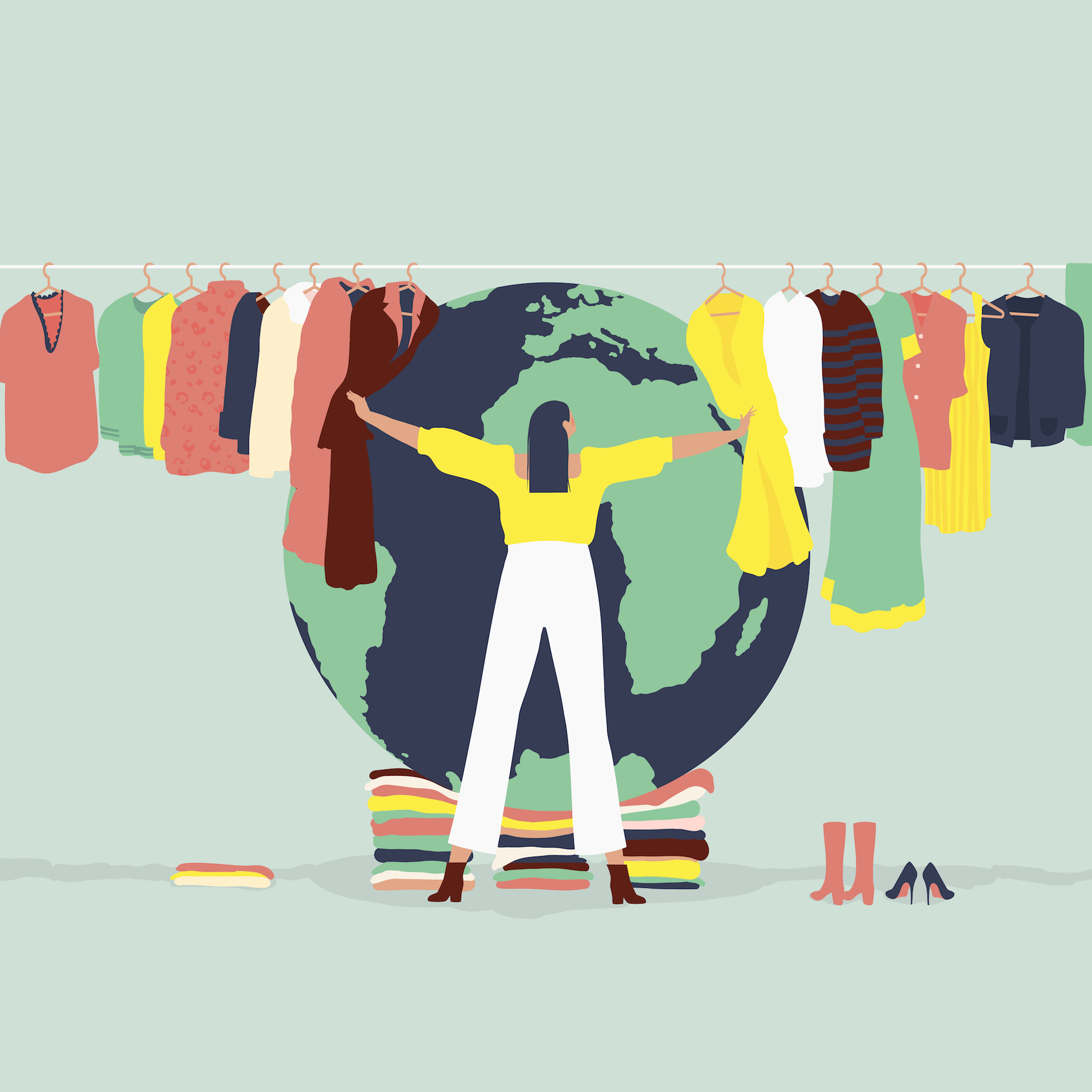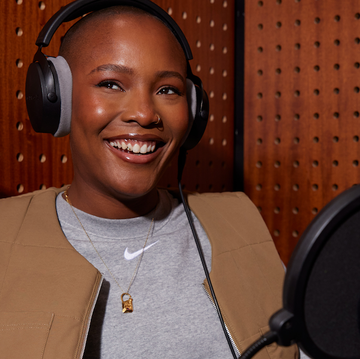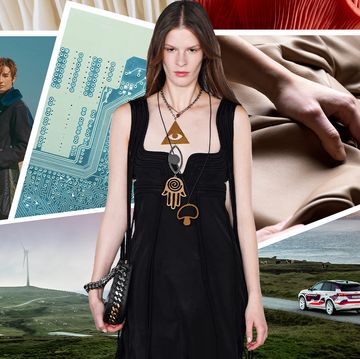Sustainability may seem like a buzzword thrown around by David Attenborough-savvy brands – but for many, it’s been their central ideology from the get-go.
The past year especially has seen a shift from a fashionable way of thinking to a planet-saving philosophy, with consumer demand for ethical supply chains and environmentally friendly materials at an all-time high.
Search terms like ‘organic cotton’ and ‘vegan leather’ have seen a 47% increase, according to Lyst, and a Nielsen study has shown that 73% of millennials will pay more for sustainable products.
So, just how can we avoid adding to landfill, water use and the destruction of environments and wildlife? Here are five things you can action…
Every time you wash your clothes, around 700,000 fibres are released. Synthetic fabrics, like polyester, release microplastic fibres into our seas that can end up in the stomachs of our marine life – which then has the potential to poison food chains (yes, similar to microbeads, which were banned recently). And regular cotton requires approximately 3,000 litres of water to produce.
Instead, TENCEL™ branded materials (which are made up of cellulose fibres from renewable wood sources), like lyocell and modal, have an environmentally responsible production process, meaning a low impact on the Earth with a water recovery rate of more than 99%. They’re biodegradable and compostable under industrial, home, soil and marine conditions, so they can fully revert back to nature. Other materials, like organic cotton, use a lot less water, while also caring for the wellbeing of everyone – and everything – in the supply chain.
If it’s cheap for us, it probably means someone else is paying for it up or down the line. Certain brands target our desire for more, as well as our normalised behaviour of buying single-use items of clothing. But it’s time to start shopping smart. There can be exploitative behaviours behind fast fashion, including where the labour comes from (possibly forced or trafficked labour by children, prisoners or other non-consenting people) and whether or not workers are being paid fairly. Consumers can make a difference by asking questions from their favourite brands and researching whether or not they're Fairtrade in their practices.
We all know that washing at 30 degrees is better for the environment – and our wallets – but did you know that a lot of mainstream laundry detergents and softeners are derived from petrochemicals? These can be skin irritants and are also toxic once washed into our waterways, so support natural and organic brands like KINN and Bio-D.
Next time you fancy something new in your clothes arsenal, why not ask your friends if they’d throw a wardrobe swap party? After all, someone else’s trash may just be your treasure. It’s retail therapy without the carbon footprint. If you’re interested in hosting one, Google ‘swishing’ (the official term for clothes swaps) and become part of the movement around donated goods.
Want to support sustainable fashion practices but not ready to give up on the high street yet? No problem. Lots of our favourite brands have signed up to support the TENCEL™ 'Make It Feel Right' campaign which is driving the discussion of eco-fashion.
Now, shops like & Other Stories, Monki, Reformation and H&M, are working hard to reduce their environmental footprint, cut the chemicals used in production and to improve the labour conditions within their supply chains. In fact, Monki has set a goal to obtain all its cotton from sustainable sources by 2020.
And, considering that only 1% of current fibres are actually able to be broken down and re-used for new fibres, recycling our clothes is no longer enough. We need to become conscious consumers who only buy materials that are 100% compostable and biodegradable - on land and sea.
Make your wardrobe more eco-friendly and learn more about sustainable materials, and fashion vendors near you with tencel.com



















